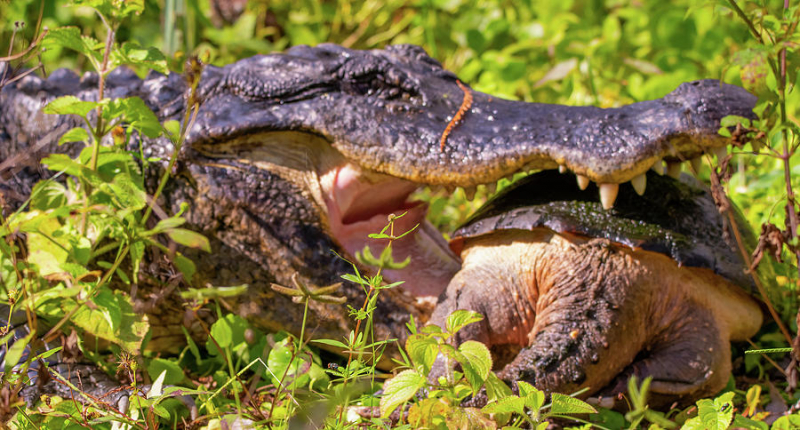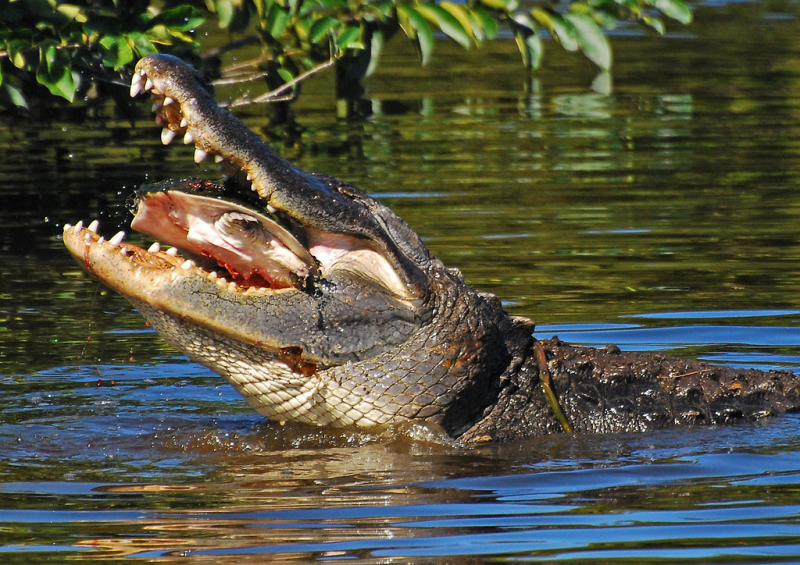Crocodiles
The largest and deadliest members of the crocodilian order are crocodiles. There are 16 extant species of these enormous reptiles, which are semi-aquatic in nature, and they may be found in the Americas, Australia, Asia, and Africa. The only crocodile species to be found in North America is the American crocodile (Crocodylus acutus).
Crocodiles rise to a significant position in the food chain. They are ambush predators that lurk in wait for their victims before suddenly attacking them. They eat both land and aquatic creatures because they are semi-aquatic. They consume fish, crustaceans, mollusks, fish, reptiles, birds, mammals, and even baby crocodiles.
Crocodiles would have no trouble eating turtles, despite the fact that they don't typically include them in their diet. A crocodile can bite with a force of 3,700 pounds per square inch despite a turtle's strong shell. Enough to break the turtle's shell, actually. Additionally, turtle shells can be eaten by crocodiles. A turtle's shell resembles reshaped ribs. It is composed of a variety of substances, the majority of which is keratin—the same substance that makes up other animals' hair and nails.
When turtles are in the water, crocodiles hunt them. Freshwater turtle species can occasionally be found in crocodile environments. They have assured a meal if they come into contact with a crocodile. Turtles move slowly compared to other animals. The crocodile doesn't have to work very hard to track down and devour the turtle. To successfully destroy the turtle's shell, a crocodile merely needs to bite it repeatedly.
Crocodiles must devour turtles in order to survive. They must eat. Crocodiles don't eat every day, although they do hunt what is available. Crocodiles can't eat turtles because they are too small, but they make good appetizers. Crocodiles are willing to prey on turtles. Turtles move slowly, yet crocodiles can move quickly and break their shell.










